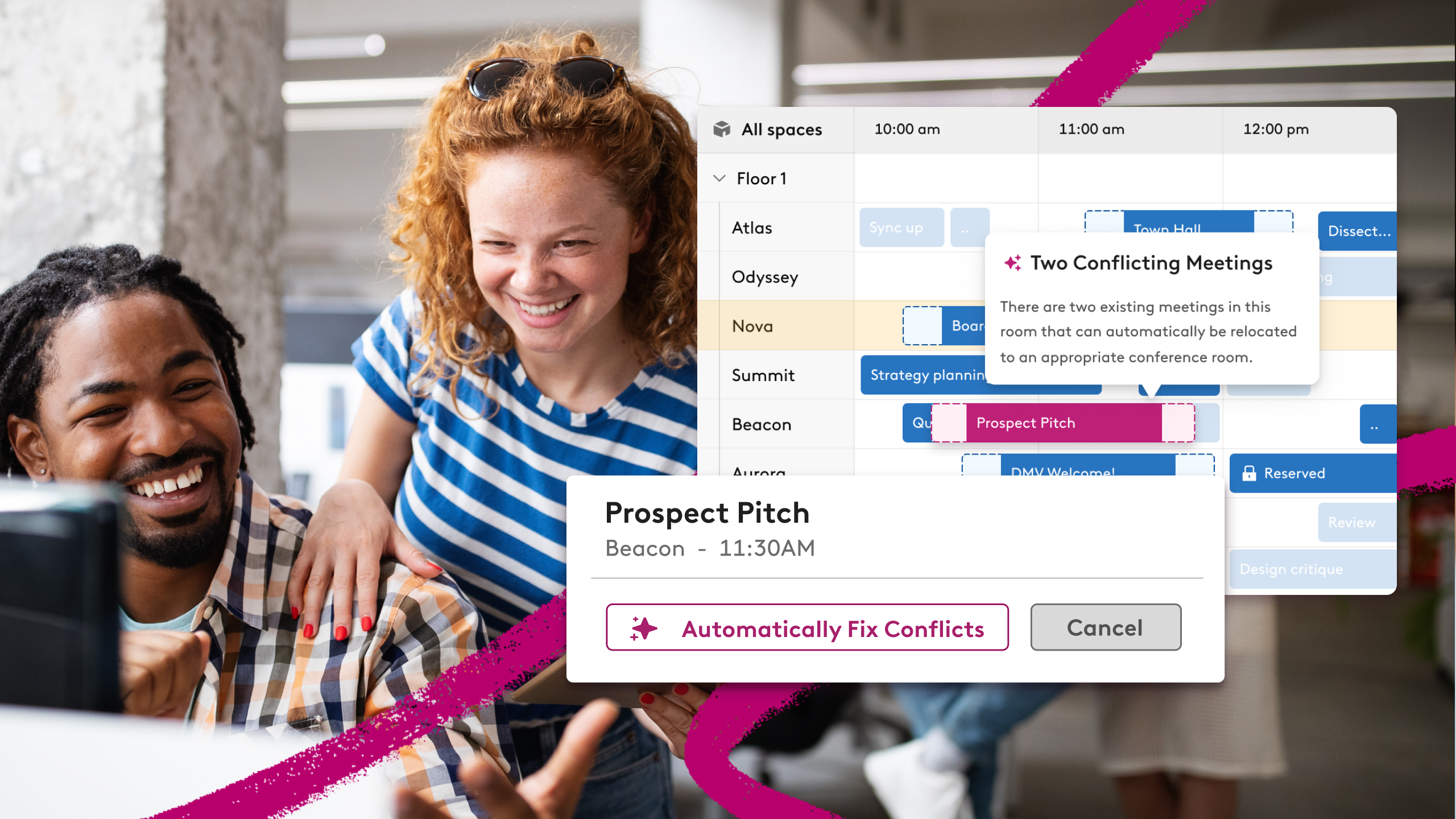How to Build the Ultimate Office Workstation in 7 Steps
.jpg)
Building an office workstation can be a great way to combine the power and versatility of a desktop computer with the portability and convenience of a laptop.
By using a combination of hardware and software, you can create a custom workstation that will meet your unique needs and help you to be more productive, no matter where you are. Here are some tips on how to build more effective workstations for your hybrid office.
1. Choose the right hardware
To build a hybrid workstation, you'll need a desktop computer and a laptop, as well as a few other components to connect them. When selecting your desktop and laptop, consider the following:
- Processor: Choose a laptop with a high-performance processor and a desktop with a processor that can handle demanding tasks such as video editing and 3D modeling, if your job requires it.
- Graphics: A laptop with a dedicated graphics card can provide better performance for tasks that require a lot of graphics processing power.
- Storage: Consider the amount of storage you need for your work files, applications, and projects. A desktop computer with a large hard drive or solid-state drive can store large amounts of data, while a laptop with a smaller drive can be used for on-the-go storage.
2. Connect the devices
Once you have the right hardware, you'll need to connect your desktop and laptop. There are several ways to do this, including:
- Remote Desktop: This allows you to connect to your desktop computer from your laptop and use it as if you were sitting in front of it. You'll need to install remote desktop software on both devices and make sure that the desktop computer is turned on and connected to the internet.
- Docking Station: A docking station is a device that allows you to connect your laptop to your desktop computer and use it as a secondary monitor. This is a great option if you need to use your laptop on the go, but also want to be able to access your desktop when you're at home or in the office.
- Network File Sharing: If you have a home network or a shared office network, you can use network file sharing to access files on your desktop computer from your laptop.
3. Use cloud services
Using cloud services can help you to access your work files from anywhere, even if you don't have access to your desktop or laptop. There are many cloud services available, including:
- Google Drive: This is a free cloud storage service that allows you to store and access your files from any device with an internet connection.
- Dropbox: This is a paid cloud storage service that provides you with a secure place to store your files, as well as the ability to access them from anywhere.
- Microsoft OneDrive: This is a free cloud storage service that allows you to store and access your files from any device with an internet connection.
4. Install the right software
Finally, to build a hybrid workstation, you'll need to install the right software. Here are a few applications that can help you to be more productive:
- Office Suite: Microsoft Office, Google Workspace, or LibreOffice are all good options for creating and editing documents, spreadsheets, and presentations.
- Task Management: Tools like Trello or Asana can help you to keep track of your to-do list and manage your projects.
- Remote Access: Remote desktop software like TeamViewer or AnyDesk can help you to access your desktop computer from your laptop.
{{get-started-blog-cta}}
5. Consider the operating system
When building a hybrid workstation, it's important to choose the right operating system for your needs. You may want to consider using the same operating system on both your desktop and laptop to make it easier to transfer files and access applications.
If you're already familiar with Windows, for example, you may want to stick with Windows on your desktop and laptop. On the other hand, if you're more comfortable with macOS, you may want to use a Mac desktop and MacBook laptop.
6. Invest in accessories
To get the most out of your office workstation, you may want to invest in a few accessories. For example, a good quality keyboard and mouse can help you be more productive on your desktop computer.
If you plan to use your laptop as a secondary monitor, a second monitor arm or stand can help you position your laptop for maximum comfort and visibility.
You may also want to consider purchasing a backup battery for your laptop to ensure that you have enough power for extended work sessions, even when you're away from an electrical outlet.
7. Keep your workstation secure
Finally, it's important to keep your hybrid workstation secure. This means protecting your devices with strong passwords, using anti-virus software, and making regular backups of your important files.
If you're using cloud storage, it's also important to choose a reputable provider and to encrypt your files before uploading them to the cloud. This will help to protect your sensitive information from hackers and other security threats.
In conclusion, building a workstation can be a great way to combine the best of both worlds – the power of a desktop computer and the portability of a laptop. By selecting the right hardware and software, connecting your devices, using cloud services, and investing in the right accessories, you can create a custom workstation that will help you to be more productive and efficient, no matter where you are.
By following these tips, you can build an office workstation that will allow you to be more productive, no matter where you are. To learn more about how to create streamlined and successful hybrid workplaces, give Robin a try.












